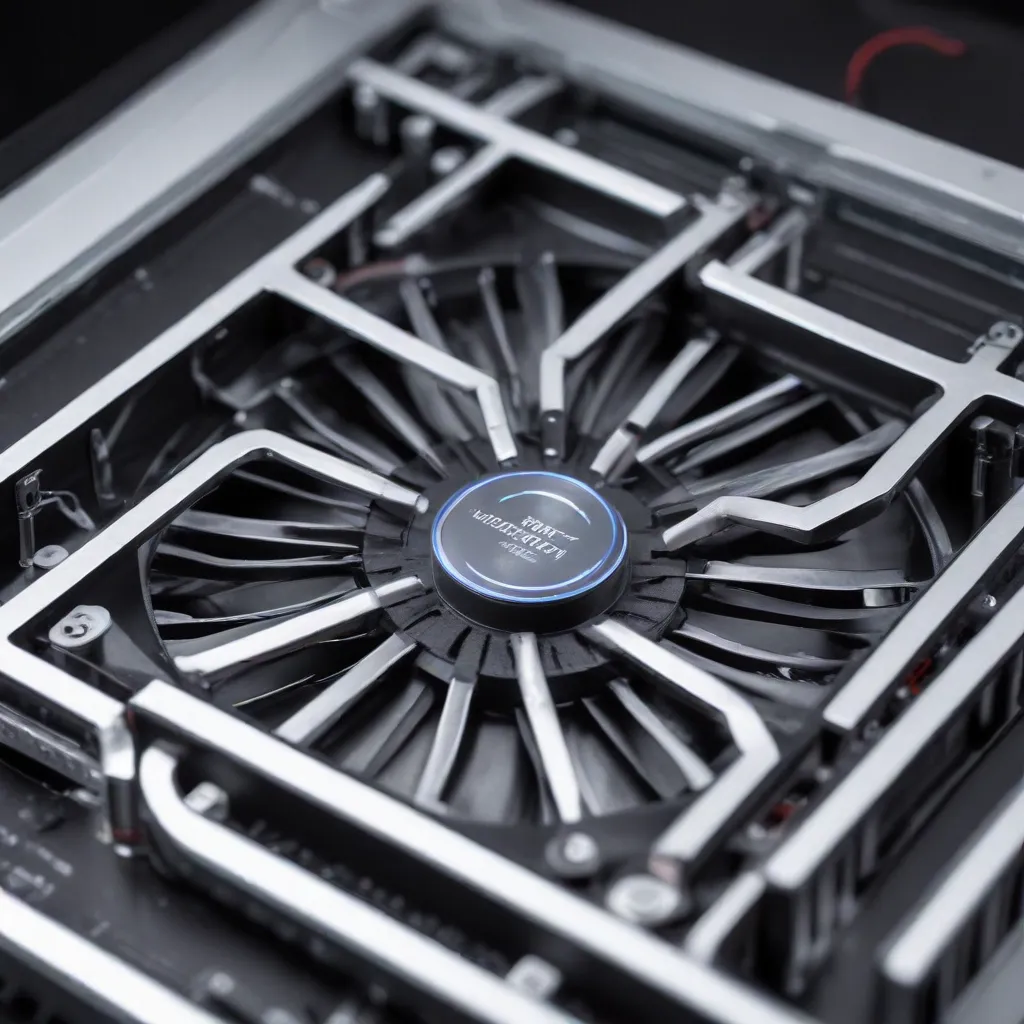
Understanding the Importance of Cooling for Scientific Computing
As an experienced IT professional, I’ve seen firsthand the critical role that effective cooling plays in maintaining the stability and performance of laptops used for scientific computing. Whether you’re running complex simulations, processing large datasets, or tackling computationally-intensive tasks, keeping your laptop’s internal components cool is essential to ensuring reliable and efficient operation.
In the world of scientific computing, where even the slightest performance fluctuations can have significant implications, having a robust cooling strategy is paramount. Laptops, by their very nature, present unique thermal challenges due to their compact design and limited airflow. However, with the right cooling solutions, you can mitigate these challenges and unlock the full potential of your laptop for your scientific endeavors.
Optimizing Thermal Management: Strategies Beyond Disabling Turbo Boost
One common misconception among laptop users is that disabling the CPU’s turbo boost feature is an effective solution for managing heat. While this may provide some temporary relief, it often comes at the cost of significant performance degradation, as you mentioned in the Reddit post.
Instead, I encourage you to explore more nuanced and effective thermal management strategies. For Intel-based laptops, leveraging tools like ThrottleStop can be a game-changer. This software allows you to fine-tune your CPU’s power consumption and voltage, enabling you to achieve a balance between performance and heat generation. By undervolting your CPU and adjusting the all-core turbo speeds or TDP (Thermal Design Power), you can significantly reduce the heat output without sacrificing the speed and responsiveness your scientific workloads demand.
Similarly, for AMD-based laptops, the AATU (AMD Aware Toolbox Utility) provides a powerful suite of tools to optimize thermal performance. Using AATU, you can adjust the TDP of your CPU, as well as apply a negative curve optimizer value to achieve undervolting capabilities. The AATU Discord community is an excellent resource for guidance and support in implementing these strategies.
Harnessing the Power of Cooling Pads and Accessories
While disabling turbo boost may seem like an easy solution, it often comes at the cost of significant performance degradation, as you pointed out. Instead, I recommend exploring the benefits of cooling pads and other accessories to enhance the thermal management of your laptop.
Cooling pads can be an effective way to improve airflow and reduce temperatures, particularly for laptops with bottom-mounted air intake vents. By elevating your laptop and providing additional fans, cooling pads can help draw hot air away from the device, preventing it from overheating during intensive scientific workloads.
However, as you noted, there are some considerations to keep in mind when using cooling pads. Firstly, it’s important to ensure that the pad and your laptop are placed on a clean, dust-free surface to minimize the risk of debris being drawn into the cooling system. Additionally, while cooling pads may cause your laptop’s fans to spin faster, this increased airflow is generally not damaging to the fans themselves, as long as the pad is used as intended and the laptop’s air vents remain unobstructed.
To further enhance cooling performance, you may also consider investing in other accessories, such as external high-performance fans or even liquid cooling solutions designed specifically for laptops. These can provide even more effective heat dissipation, especially for laptops used in demanding scientific computing scenarios.
Repasting and Upgrading Thermal Solutions
One of the most effective ways to address thermal challenges in laptops is to perform a thorough repasting of the CPU and GPU. This involves carefully removing the existing thermal interface material (TIM) and applying a higher-performing, often liquid metal-based, solution. This step can significantly improve heat transfer from the processor to the cooling system, leading to lower temperatures and more stable performance.
If your laptop’s stock cooling solution simply doesn’t provide adequate thermal management for your scientific computing needs, you may also consider upgrading the internal cooling system. This could involve replacing the stock heatsinks and fans with higher-performance alternatives, or even exploring the possibility of a custom cooling solution from a third-party manufacturer.
Monitoring and Maintaining Thermal Stability
To ensure the long-term stability and performance of your laptop for scientific computing, it’s essential to regularly monitor and maintain its thermal profile. Tools like HWMonitor, AIDA64, or Intel’s own Extreme Tuning Utility (XTU) can provide detailed insights into your laptop’s temperature readings, fan speeds, and other critical thermal metrics.
By closely monitoring these metrics and establishing a baseline for your laptop’s normal operating temperatures, you can quickly identify any concerning trends or sudden spikes in heat generation. This information can then guide your decision-making process, whether it’s adjusting your cooling strategies, repasting the thermal interface, or considering more comprehensive hardware upgrades.
Conclusion: Unlocking the Full Potential of Your Laptop for Scientific Computing
In the world of scientific computing, where every bit of performance and stability matters, effective cooling solutions are not just a nice-to-have, but a necessity. By exploring the strategies and techniques outlined in this article, you can unlock the full potential of your laptop, ensuring it remains a reliable and powerful tool for your scientific endeavors.
Remember, maintaining thermal stability is an ongoing process that requires vigilance and a proactive approach. By staying informed, experimenting with different cooling solutions, and regularly monitoring your laptop’s performance, you can ensure your device continues to deliver the rock-solid reliability and computing power your scientific work demands.
For additional guidance and support, I encourage you to visit the IT Fix blog for more in-depth articles and resources on optimizing your laptop’s performance and maintaining its long-term health. Together, we can unlock the true potential of your laptop for scientific computing, driving innovation and discovery forward.












